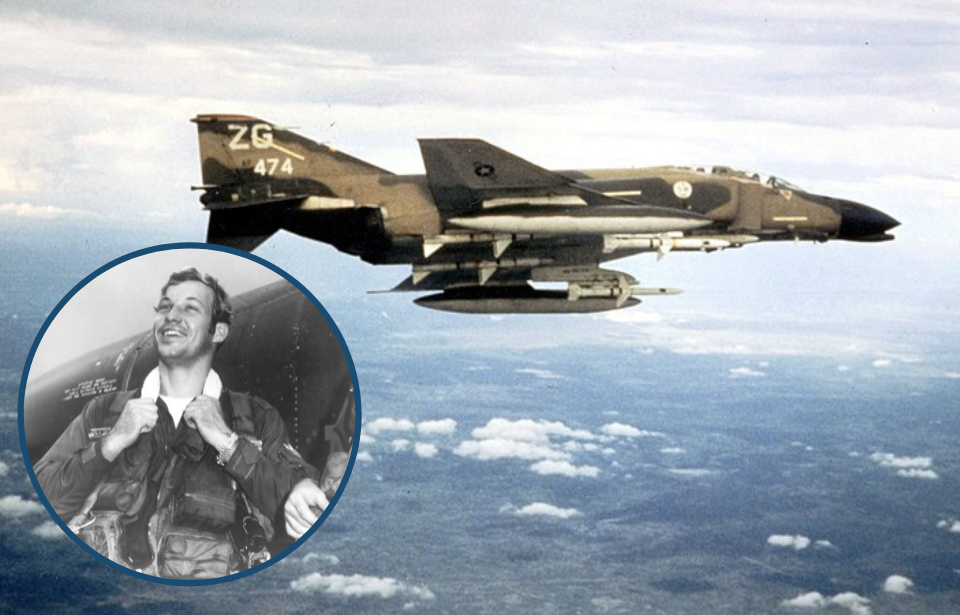On August 28, 1972, US Air Force Capt. Richard Stephen “Steve” Ritchie and Weapons System Officer Capt. Charles Barbin DeBellevue successfully shot down a North Vietnamese-flown Mikoyan-Gurevich MiG-21 from their McDonnell Douglas F-4D Phantom II. That day would mark Ritchie’s fifth successful kill, making him one of five American Flying Aces to come out of the Vietnam War.
Richard Ritchie was destined for success
Born on June 25, 1942, Richard Ritchie grew up in North Carolina. Often described as a “jock,” he was a successful star quarterback on his high school football team, despite breaking his leg twice!
Ritchie graduated with a degree in Engineering Science from the US Air Force Academy in 1964. While his friends remembered him as being cocky and lacking self-discipline, he was well-liked. Apparently, everyone could tell when he was near, thanks to his signature trademark: a heavy layer of Old Spice cologne.
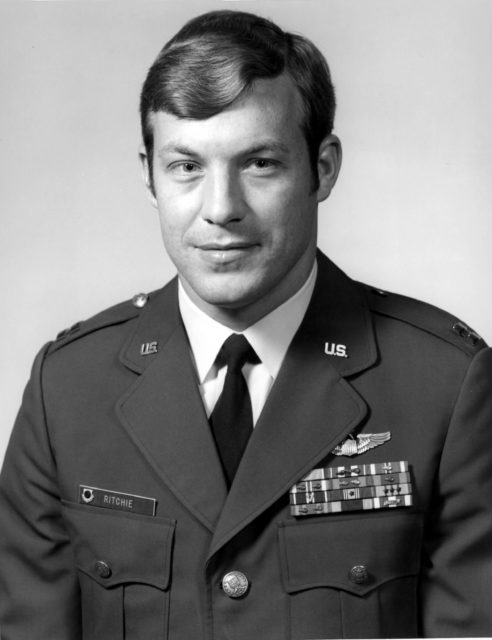
As a pilot, Ritchie was dedicated to being the best. Flying every two to three days, he consistently earned high scores in his undergraduate pilot training program – finishing first in his class – and had extensive knowledge of weapons systems. By continually pushing himself, Ritchie became an accomplished fighter pilot with the US Air Force.
For his first two years of service, Ritchie, a second lieutenant, piloted the Lockheed F-104 Starfighter. In 1966, he began flying the F-4 Phantom II out of Homestead Air Force Base, Florida, in preparation for his first tour of Vietnam.
Richard Ritchie made history during his two tours of Vietnam
In 1968, Richard Ritchie was assigned to the 480th Tactical Fighter Squadron, 366th Tactical Fighter Wing stationed out of Da Nang Air Base, South Vietnam. He was the first to fly a “Fast Forward Air Control (FAC)” mission in the F-4 forward air controller program, and wound up completing a total of 195 combat missions.
The following year, he was selected to attend the Fighter Weapons Course at Nellis Air Force Base, Nevada, making the then-26-year-old the youngest instructor in the history of the Air Force Fighter Weapons School.
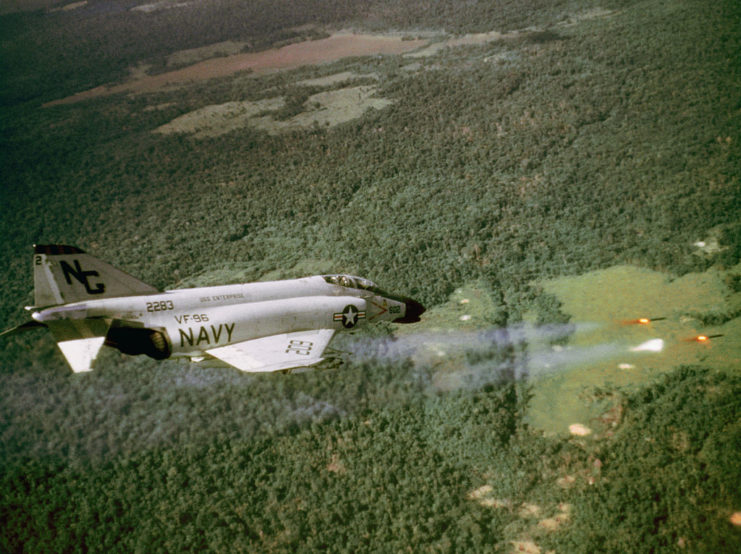
Ritchie volunteered for a second tour of Vietnam in 1972, where he was assigned to the 432nd Tactical Reconnaissance Wing based out of Udorn Royal Thai Air Force Base, Thailand. Flying with the 555th “Triple Nickel” Tactical Fighter Squadron, Ritchie achieved his first of five confirmed kills.
Flying an F-4, he shot down an MiG-21 on May 10, 1972, during Operation Linebacker. The mission was intended to stop the movement of supplies into South Vietnam as part of the Nguyen Hue Offensive, led by the People’s Army of Vietnam (PAVN).
Five incredible kills
Richard Ritchie was part of a three-plane flight led by Maj. Robert Lodge, which wound up targeted by four Vietnamese-flown MiGs. The flight team shot down three of the four enemy aircraft, but the remaining one hit Lodge’s F-4. Rather than face being captured and tortured for information, Lodge chose to remain in the aircraft and was killed in the subsequent crash.
Springing into action, Ritchie and his weapons system operator, Capt. Chuck DeBellevue, secured a radar lock on the remaining MiG and shot it down. On May 31 of that year, Ritchie scored his second kill – another MiG.
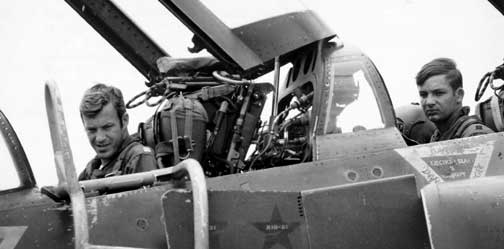
On July 8, 1972, Ritchie and DeBellevue were leading “Paula” flight when they received word from the Lockheed EC-121 Warning Star “Disco” that MiG-21s were nearby, returning to base after an attack. As they closed in, “Disco” warned that the returning enemy aircraft had merged with the “Paula” flight path. Ritchie quickly reversed course and found the first MiG.
Aware of the popular MiG tactic, wherein the second aircraft trails and ambushes its target, Ritchie held back until he observed the second jet. The three aircraft engaged in a dogfight, with both MiGs attempting to break away from the conflict. Ritchie shot down one and managed to fire a missile at the other. Expecting it to miss, he was trying to switch to a gun attack when the missile hit the MiG and exploded.
The skilled fighter pilot had scored two kills just one minute and 29 seconds apart.
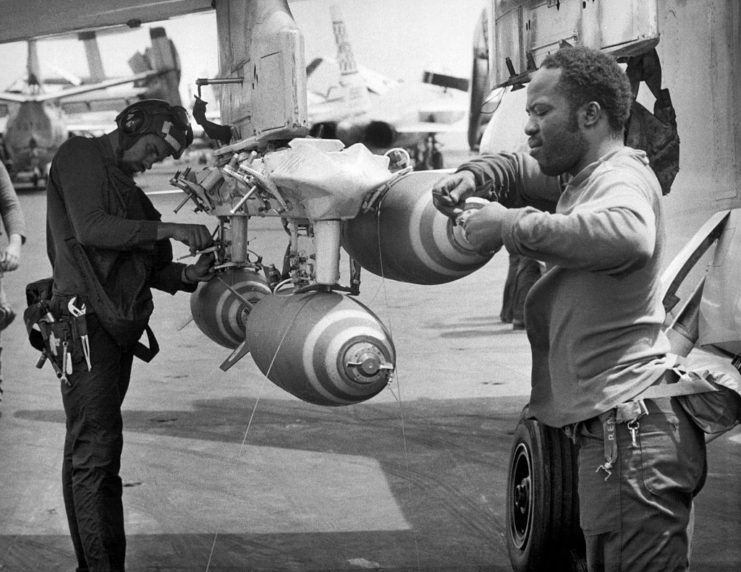
Ritchie’s fifth and final kill took place on August 28, 1972, and the attack would be his most impressive. While leading the MiG Combat Air Patrol (MiGCAP) “Buick” flight, he was alerted to nearby MiGs 30 miles southwest of Hanoi. Ritchie recalled new information that MiGs had returned to flying at high altitudes. Suspecting his target was flying high, he and a second MiGCAP flight took off. DeBellevue located the MiGs via radar, which were flying 10 miles behind another MiGCAP flight.
They climbed higher, until their target was finally in range. With their F-4 barely fast enough to overcome the ensuing MiGs, Ritchie launched two missiles from over four miles away, in an attempt to get the enemy to turn within range. The missiles failed to stop the MiGs, but he fired two more, following one of the jet’s contrail. The first missile missed, but the MiG turned at the last moment, shortening the range and ultimately allowing the second to strike it down.
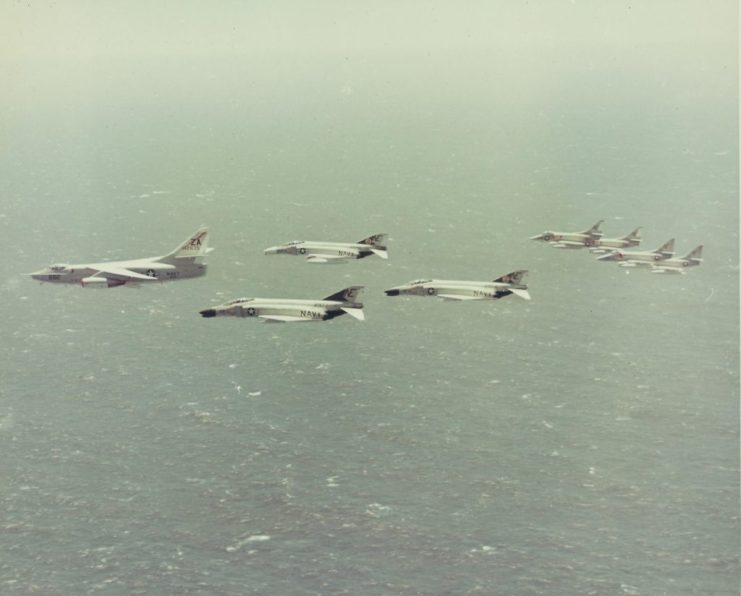
If it wasn’t for his low fuel supply, Ritchie would have pursued the second MiG-21. According to the skilled pilot, the fifth kill was an exact duplicate of a training mission he’d taught at the Fighter Weapons School.
Richard Ritchie served another 27 years with the US Air Force
After clocking in more than 800 flying hours and completing 339 combat missions during his second tour, Richard Ritchie was one of the most decorated pilots of the Vietnam War. He was awarded the 1972 Mackay Trophy for the most significant Air Force mission of the year, as well as the Air Force Academy’s Jabara Award and the 1972 Armed Forces Award.
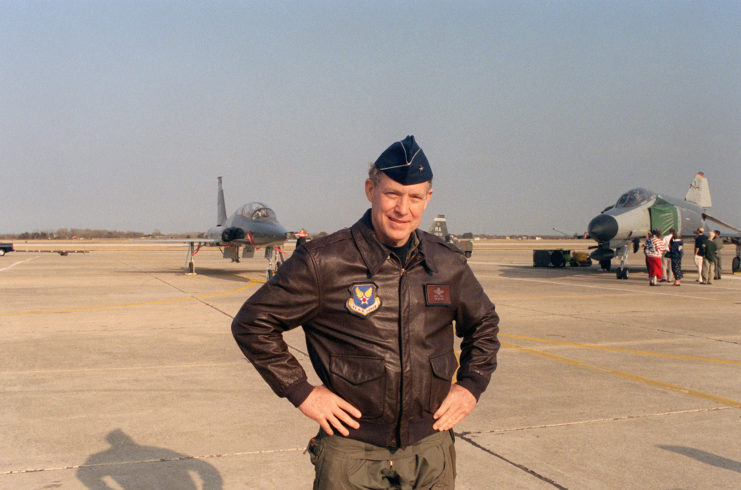
He was later awarded the Air Force Cross, the second highest military decoration for Air Force servicemen. The citation speaks to Ritchie’s incredible bravery and skill:
“Through superior maneuvering and use of aircraft capabilities, and in complete disregard for his own safety, Captain Ritchie was successful in destroying his fifth North Vietnamese MiG-21. Through his extraordinary heroism, superb airmanship, and aggressiveness in the face of the enemy, Captain Ritchie reflected the highest credit upon himself and the United States Air Force.”
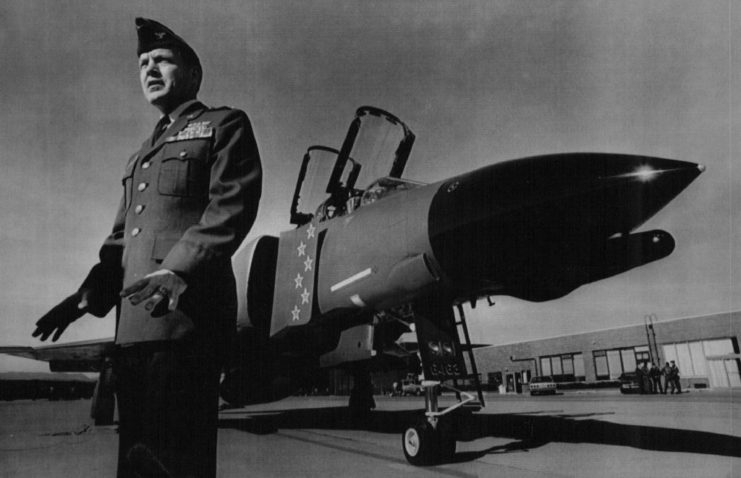
Ritchie chose to serve with the Air National Guard in 1974, later joining the Colorado Air National Guard. He also attempted to jumpstart his political career by running for Congress in his home state. He lost the campaign due to the effects of the Watergate scandal on Republican candidates.
More from us: The Vietnam War Featured Four Exceptional American Snipers
He finished out his US military service with the Air Force Reserve, retiring in January 1999 as a brigadier general with over 4,000 flying hours under his belt. In 2015, he was awarded the Congressional Gold Medal alongside other American Air Aces.
